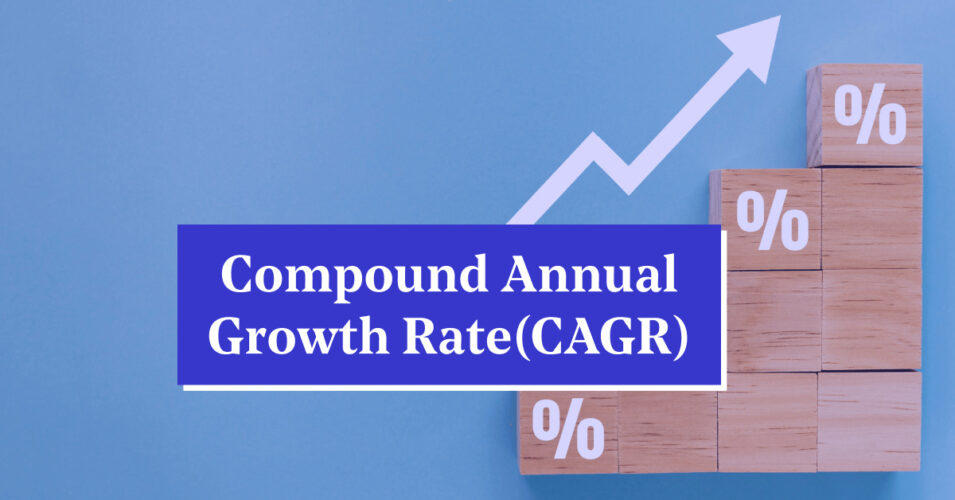The Compound Growth Rate Calculator is one of the most used tools for assessing long-term investment performance. It gives a neat, averaged-out annual growth rate, helping investors quickly understand how their portfolio or a listed IPO has performed over a set period. However, as useful as CAGR is, it can also be misleading in certain real-world scenarios if not interpreted correctly.
Let’s explore where CAGR might give a skewed picture of reality.
First, consider a listed IPO that launched at ₹100, surged to ₹200 in the first year, crashed to ₹80 in the second, and recovered to ₹100 in the third. The overall gain appears flat over three years, yet the CAGR will show 0%—ignoring the intense volatility in between. A Compound Growth Rate Calculator won’t reflect those interim ups and downs, making the investment seem more stable than it actually was.
Second, CAGR assumes a smooth, consistent return year over year, which rarely happens in the real world. Markets fluctuate due to macroeconomic factors, company earnings, global trends, and investor sentiment. For example, if your investment jumped 50% in the first year and then dropped 30% in the second, CAGR will show a decent average return, even though you lost a significant portion of your profits. This is especially risky when evaluating listed IPOs, which often face volatile trading in the initial months.
Another misleading scenario is comparing two investments with similar CAGR but very different risk profiles. Suppose one asset has a CAGR of 10% with stable growth, and another also shows 10% CAGR but went through extreme highs and lows to get there. A Compound Growth Rate Calculator won’t account for the stress, risk, or opportunity cost of that volatility. In this case, standard deviation or Sharpe ratio might be more helpful than CAGR alone.
CAGR also ignores the timing of cash flows. Let’s say you invested ₹1 lakh initially, then added ₹50,000 a year later. If the portfolio grows to ₹2 lakh in three years, a simple CAGR calculation will overstate your return because it doesn’t factor in the staggered investment. For this, an XIRR (Extended Internal Rate of Return) gives a more accurate picture.
In summary, while the Compound Growth Rate Calculator is a fantastic tool for getting a quick sense of how an investment has performed—especially over multiple years—it’s important to consider the context. Listed IPOs, volatile stocks, and staggered investments often demand deeper analysis.
As an investor, use CAGR as a starting point, but don’t make decisions based solely on it. Combine it with metrics like volatility, drawdowns, and actual annual returns to make smarter investment choices.

